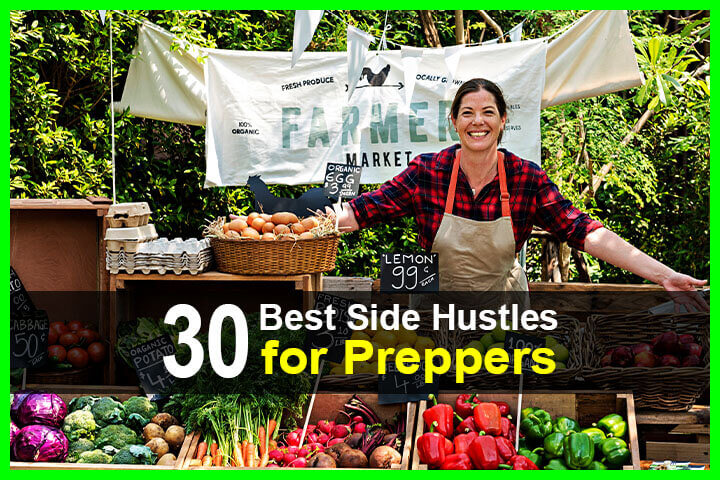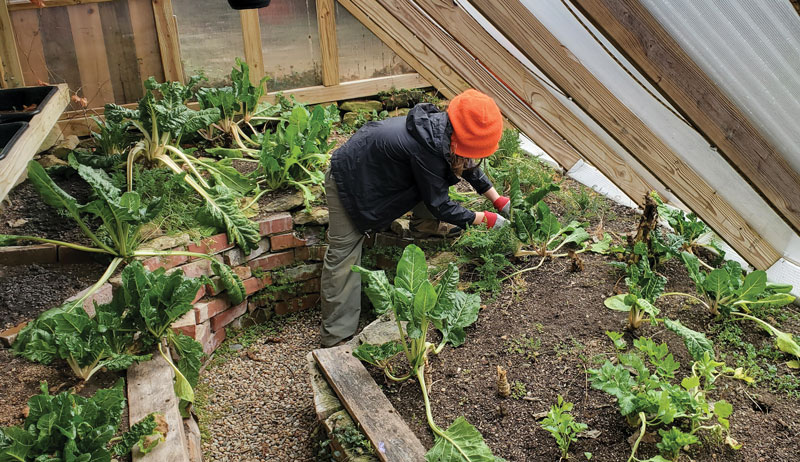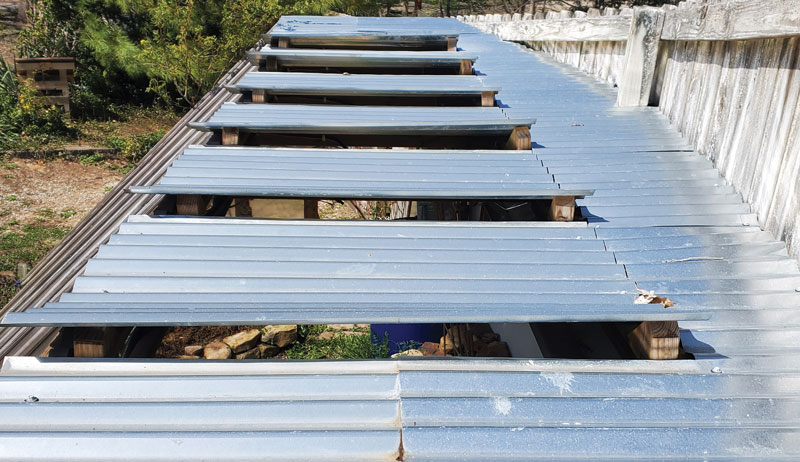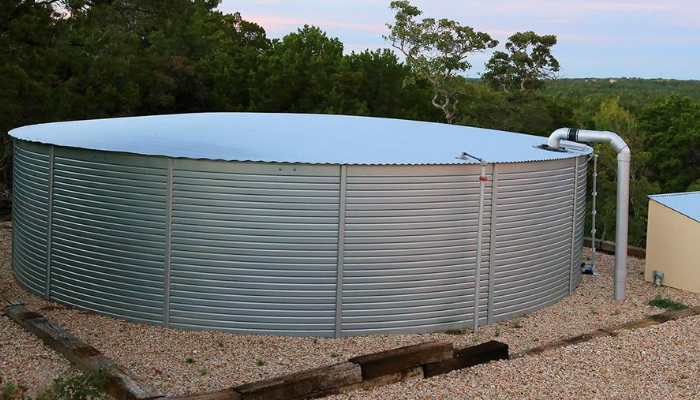This post may contain affiliate links.* As an Amazon Associate I earn from qualifying purchases. Click here to read our affiliate policy.
Estimated reading time: 10 minutes
The economy sucks. Period. And we all know it isn’t getting any better anytime soon. But that doesn’t mean you stop prepping.
Yes, your food stockpiles might become a necessity sooner rather than later, but the longer you can hold off on digging into the cases of soup and bags of rice, the better. Your grocery bill is up, and it might be hard to find the pennies to pinch to keep growing your stockpile of necessities.
Article continues below.
If you’re unable to get a second full-time job, there are other ways you can make some cash on the side. A side hustle is a great way to add a little extra cash to the family coffers. Use the money to purchase one of those big-ticket items you know you’re going to need but can’t quite afford just yet.
Preppers tend to have skills the average Joe doesn’t possess. Preppers and homesteaders live a lifestyle that involves a little more ingenuity and elbow grease. What comes naturally to you may not come so easily to another person. Use that to your advantage.
The following list includes some side hustles that are right up a prepper’s alley.
Want to save this post for later? Click Here to Pin It On Pinterest!
Candle Making
Candle-making is a very easy skill to learn. You can make a lot for a little. People love to pay extra for handcrafted items. Making candles with lovely scents or in pretty colors is pretty easy. The startup cost to make candles is very minimal.
If you are a prepper who is already familiar with making candles, this is going to be an easy transition. And your unsold inventory isn’t going to go to waste. It’s just more stuff to add to your stockpile.
Selling your homemade candles at a craft fair or on an online site like Etsy or eBay is a way to generate income. Create a cool name for your side hustle so your customers can come back over and over.
Soap Making
Soap making is in the same vein as candle making. It’s pretty basic. There are plenty of articles and videos to get you started. Get creative. Use fun shapes and try to incorporate natural healing herbs into your product to give yourself another angle. Follow the same tips for selling candles to maximize profits.
Lotion Making
Lotion is another product that is easy to make. People love to buy handcrafted items that leave out all the chemicals and icky stuff in the things you get at the drugstore. If you’ve got goat milk or a way to trade or buy it, goat milk soaps and lotions are pretty popular and very desirable.
Cheese Making
Speaking of goats, which are smaller and easier to keep than…


 Christine Lambrecht. Image courtesy of
Christine Lambrecht. Image courtesy of  Sergei Lavrov on the right.
Sergei Lavrov on the right. 








